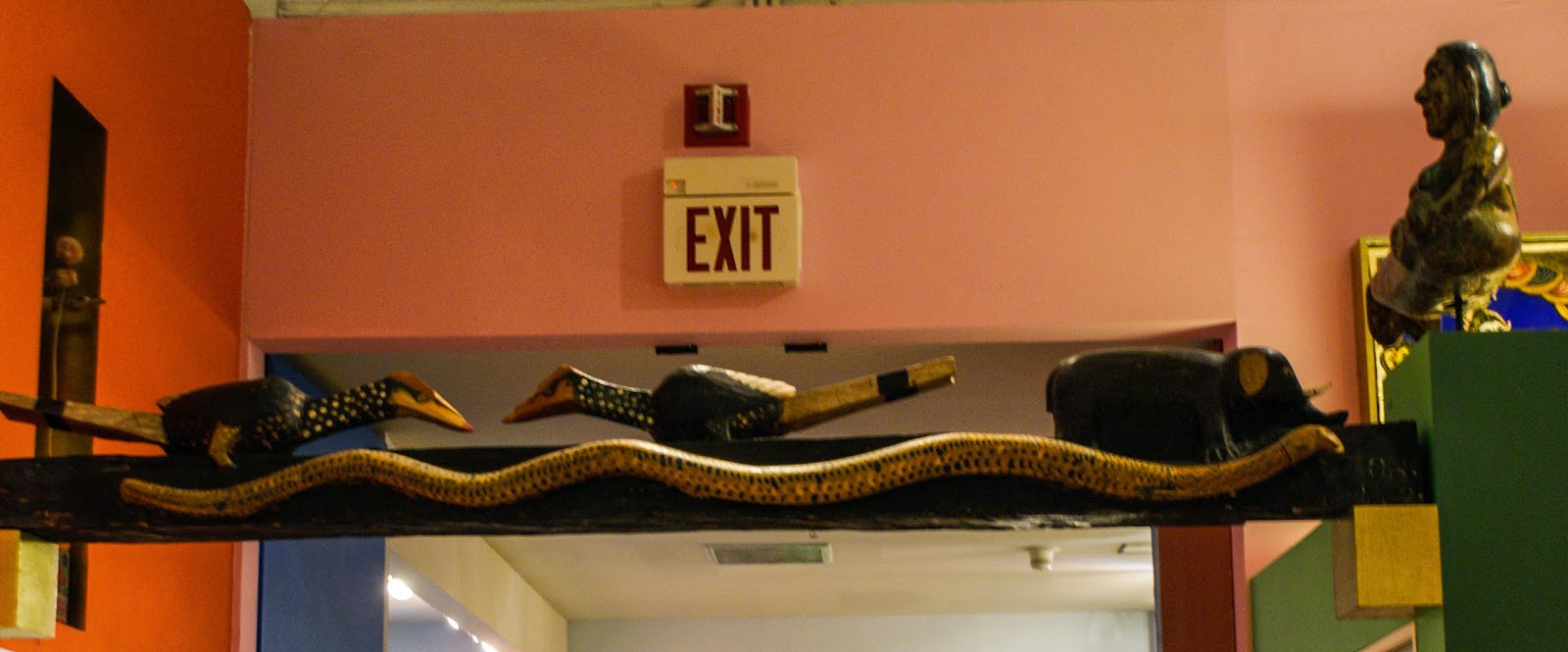The La Fonda Hotel is the oldest hotel on The Plaza in Santa Fe. The rooms look so elegant and cozy on the internet. A room with king size bed for two is $179.
The Plaza is lined with adobe buildings, but behind a couple of doors are extended, more modern malls.
Santa Fe is known as the town of chiles. They hang everywhere, even outside Walmart! When ordering Mexican food, guests are offered the choice of red or green (meaning chiles). If you want both, say "Christmas" and you are considered a local. The only seasonings are chiles.
Canyon Road is the artist colony of Santa Fe. It is narrow and one way, most of the way. Park and stroll through the many galleries. As you can see, the stroll is full of beauty on the outside. This is not the cheap seats.
This is the commuter train that runs from 35 miles south of Albuquerque to Santa Fe during the week for a maximum of $10/one way. With a ticket, Santa Fe offers free commuter service from the station to town. There was a station close to our RV park.
Notice the second name in this law firm; Udall. Those of you who are old enough should remember Mo Udall, from New Mexico, who ran for President in 1976. Two of his sons are state Senators right now and a cousin of theirs was in the Senate until recently.
Someone has "raised the roof" on this old trailer in out park. Clever.
Our final sunset in Santa Fe. Ahhh.
Some park owners seem to try a bit hard to have a marketing symbol. This isn't exactly an inviting greeting in my book. Thank goodness the park was an easy "off" of I-40 near Amarillo, TX and clean with long sites.
We are so glad to go from 7,000 feet to 3,300 ft of elevation. We can breathe more easily and have our energy back. These two sea-level residents are wimps.























































